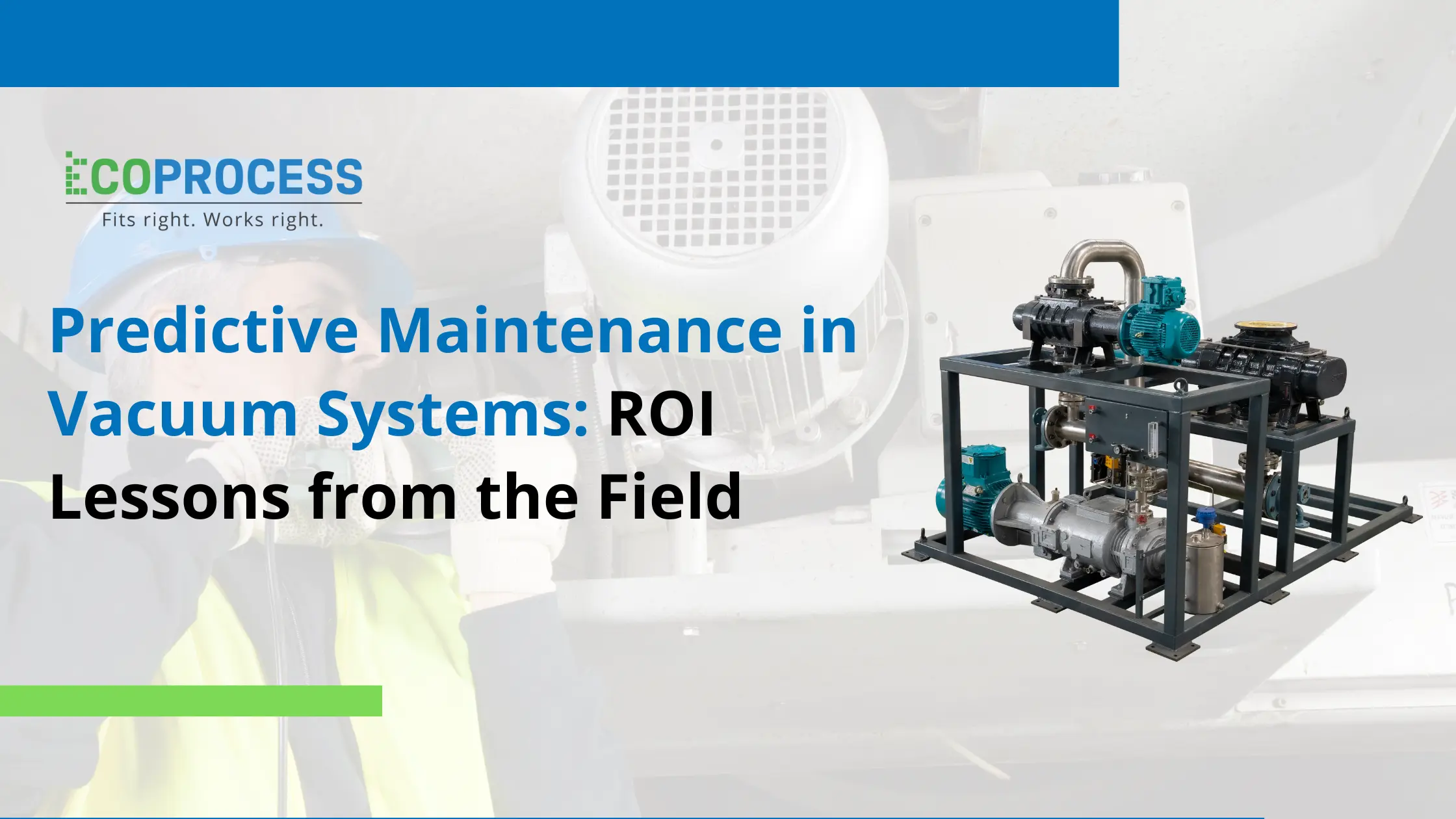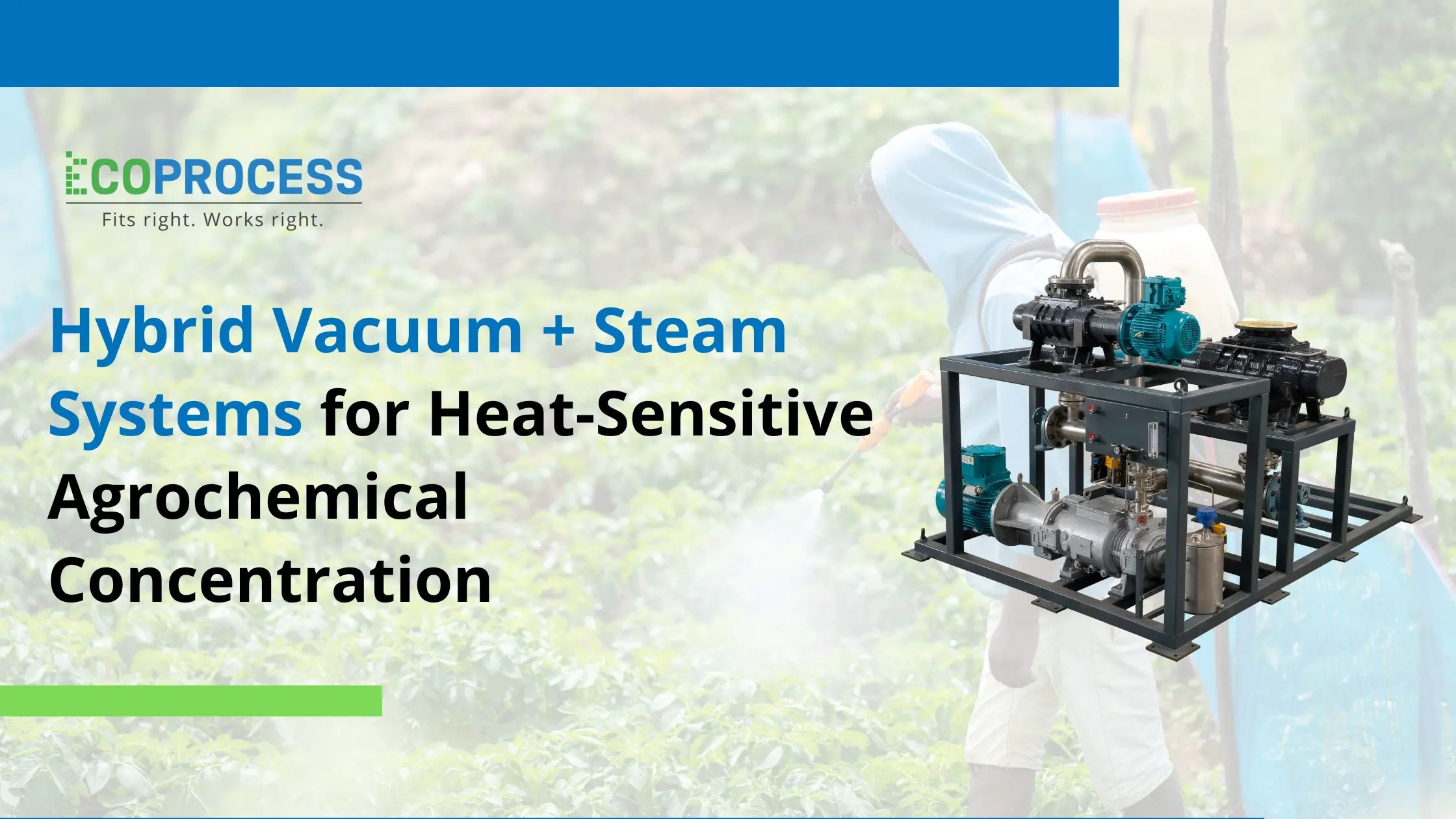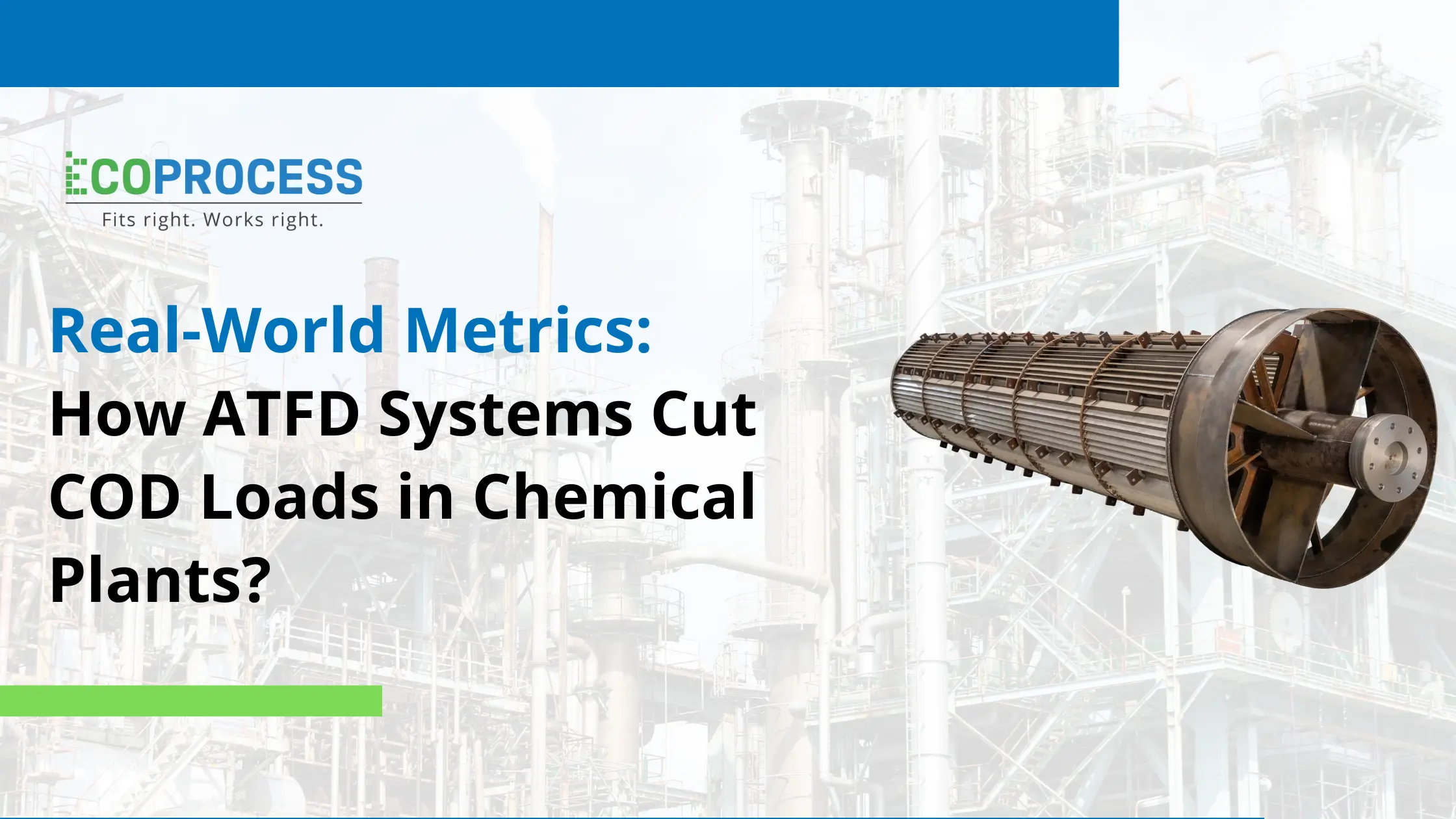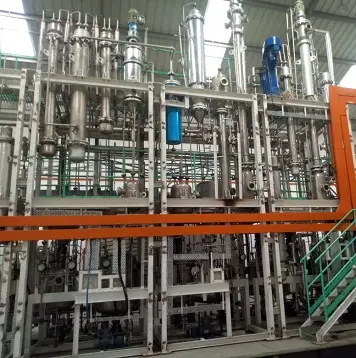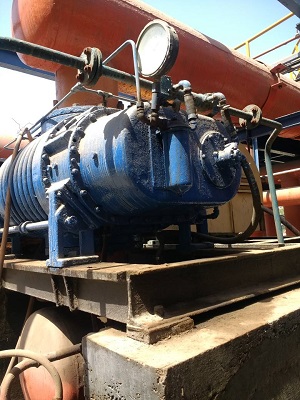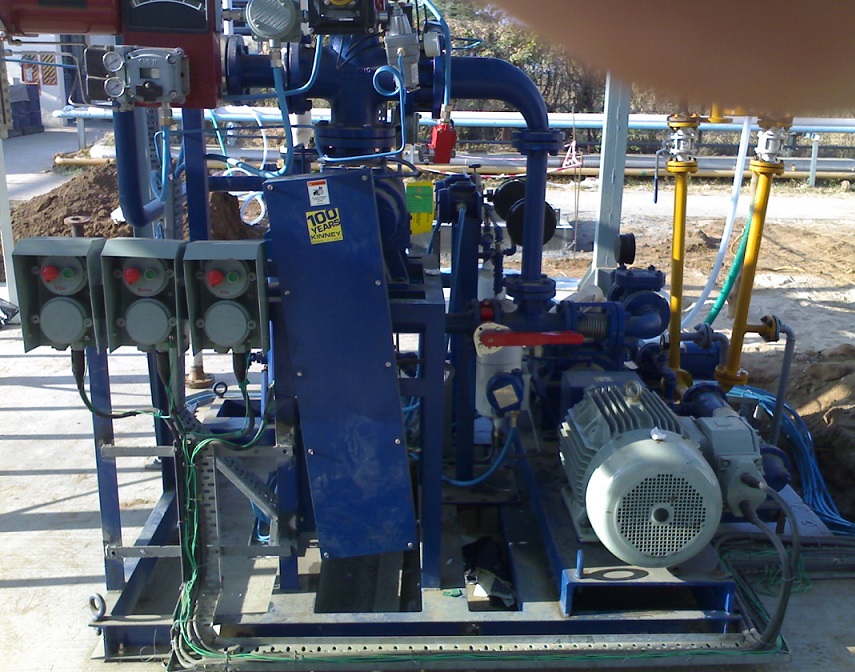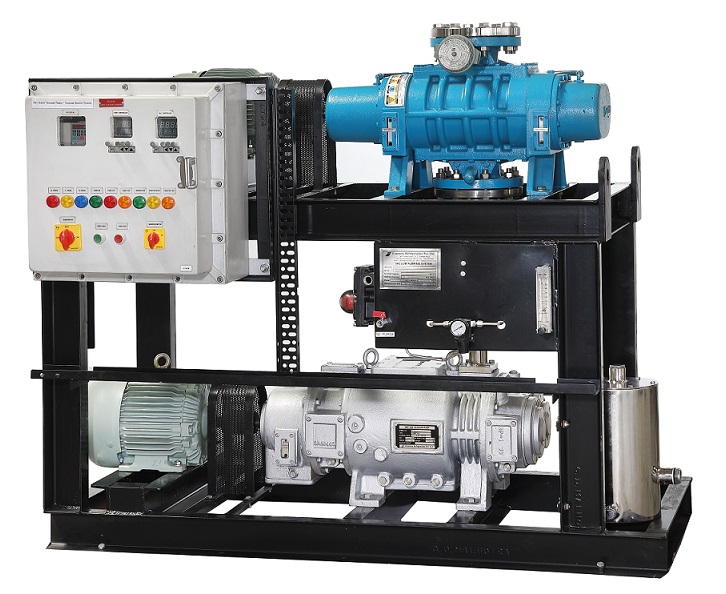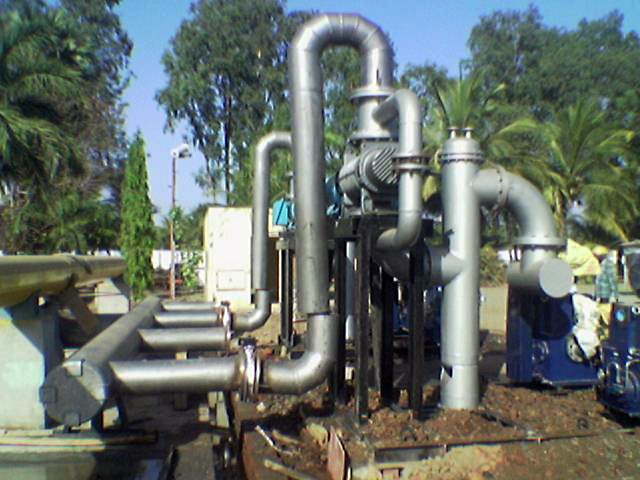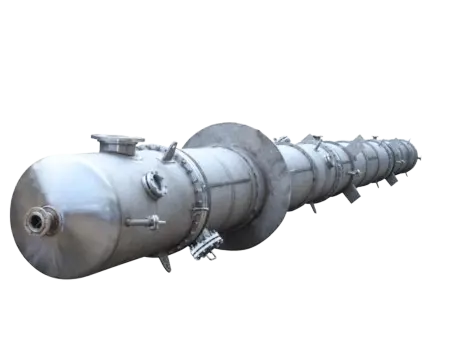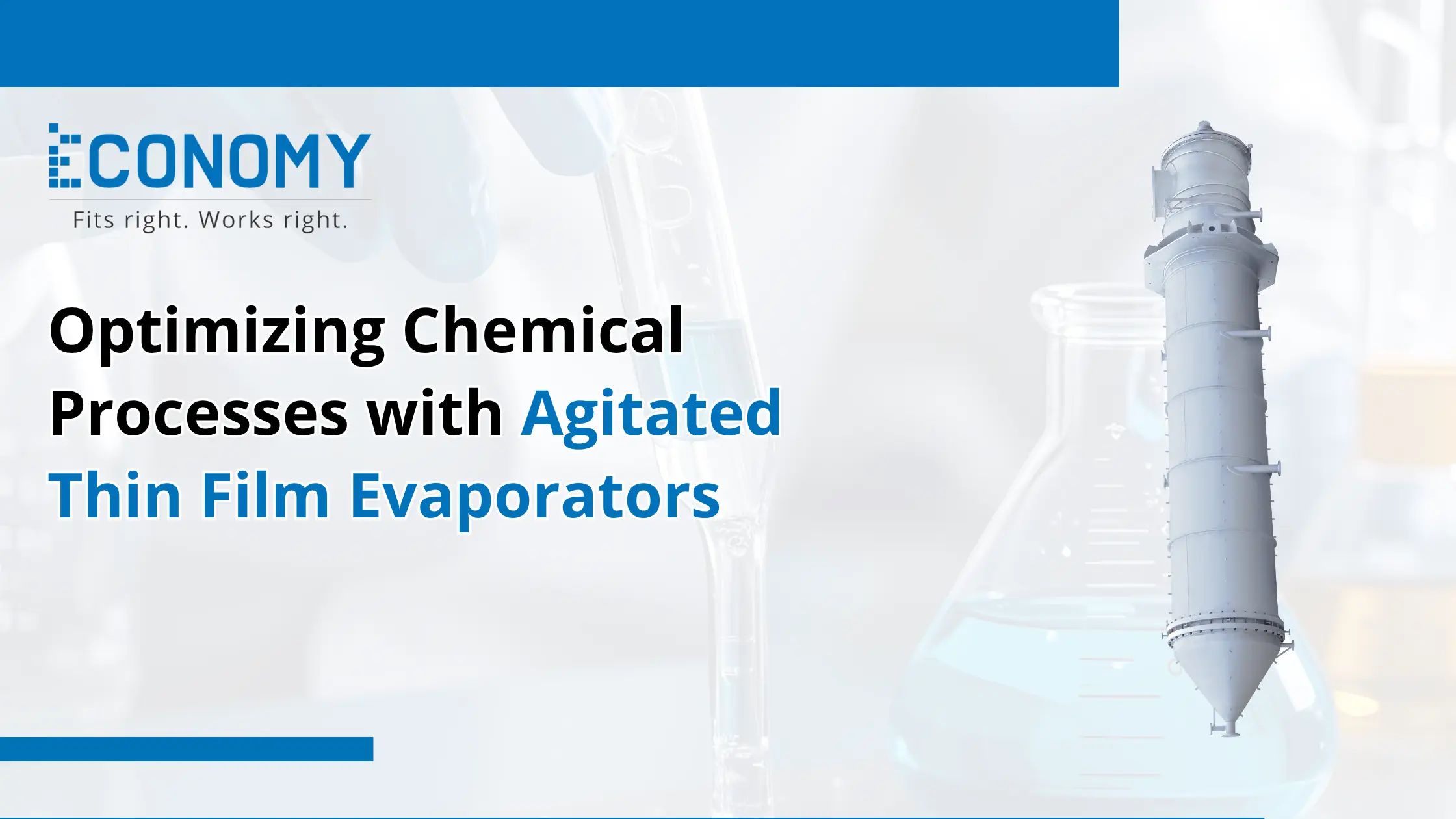
Optimizing Chemical Processes with Agitated Thin Film Evaporators
Chemical plants must refine complex mixtures with speed and safety. Agitated thin film evaporator units deliver high thermal transfer rates under low residence times. Operators process heat-sensitive solutions with precise temperature control.
Thin film evaporator systems cut processing steps while preserving product quality. Engineered designs support rapid film movement and constant feeding rates. This blog highlights core process challenges and the role of specialized equipment in the context of chemical separation.
Overcoming Complex Distillation Workflow Challenges
Chemical distillation steps present many hurdles. Factors like heat exposure, mixture complexity, and fouling can harm yield. Process stability relies on precise temperature profiles and consistent interaction control parameters.
1. Thermal Degradation Risk
Exposure to high temperatures can break down heat-sensitive molecules and reduce overall product quality. Even small losses can affect output targets and harm process profitability. Operators demand precise temperature control to limit molecular breakdown and maintain purity standards.
2. Fouling and Scaling
Layer build-up on heat surfaces can lower transfer rates and significantly increase cleaning downtime. Frequent shutdowns for unscheduled cleaning can disrupt batch workflows and raise operating costs for each production run. Proper film motion helps to prevent scale formation and can extend run periods without major service stops.
3. Long Residence Times
Prolonged contact with heating surfaces can sometimes degrade sensitive chemicals and lower end product performance. Excessive heating can trigger side reactions that reduce yield and raise impurity levels beyond safe limits. Shortening residence periods helps maintain target composition and reduces the likelihood of unwanted by-product formation.
4. Energy Consumption
High heat input needs more fuel or power and can inflate utility expenses over each production cycle. Poor thermal transfer can force higher temperature settings and shorten equipment lifespan prematurely. Reducing energy demands depends on fast film distribution and consistent, uniform temperature requirements that are maintained safely.
Thin Film Evaporator Key Advantages
Agitated thin film evaporator units can solve many distillation hurdles. Their fast film spread raises heat contact while handling gentle materials. Low hold-up design keeps stress minimal. Vapour separation runs smoothly under pressure. Rapid surface refresh maintains flow rates.
-
Improved Heat Transfer: Thin film layers spread rapidly over heated surfaces to boost thermal contact zones across the entire surface. This rapid transfer can cut the time needed for evaporation and raise throughput in each run cycle.
-
Short Residence Times: Fast, agitated motion moves fluid over warm walls to limit time at high heat levels. This low hold-up design can help protect heat-sensitive materials from excess thermal stress.
-
Enhanced Product Purity: Thin film spread supports uniform evaporation and can limit unwanted residue carryover in the distillate. This action helps maintain stable composition and reduces the need for repeat purification steps. Precision control of feed rate feeds the exact fluid volume to each heated zone.
-
Lower Energy Demand: Thin film units require minimal temperature rise to start evaporation and lower overall energy usage. Effective heat transfer cuts fuel needs and can shrink utility expenses in large-scale runs. Careful design of heating zones helps manage power draw and drive down costs per batch.
-
Scalable System Design: Modular components make it easy to add or remove sections to match production demand levels. Small units can run pilot tests, while larger models support full-scale runs at high rates. Design flexibility helps thin film evaporator manufacturer teams tailor unit sizes for specific process needs.
EPS Precision Engineering Solutions
EPS has built a strong track record in the design and building of agitated thin film evaporator units. Their teams address unique process needs and handle material feed variations. The core focus rests on dependable operation. Clients get solid support throughout projects.
Custom Engineering
EPS engineers work closely with clients to map out precise site-specific and unique process requirements. Technical drawings adapt unit size and configuration to exact on-site space and feed process characteristics. This custom fit can avoid costly modifications later and cut on-site installation times.
Quality Materials
All wetted parts use corrosion-resistant alloys selected for specific chemical contact conditions. Valves are sealed tightly to stop leaks and protect material purity during operation. Heavy gauge shells resist steam pressure and can lower service needs over the years. Material traceability records support safe compliance and help with audits.
Rigorous Testing
Each unit runs full-scale pressure trials and thorough thermal checks before shipping. Vibration tests can detect misalignment and stop future service issues before they affect performance. The final inspection covers weld integrity, coating quality, plus assembly and dimensional accuracy checks under set protocols.
Dedicated Support
Service teams stand by to guide initial startup test runs and routine batch check schedules. Training covers detailed maintenance steps, sequential troubleshooting guides and safe operation methods. Annual service agreements can include on-site visits, spare parts and quick remote diagnostics help.
Global Reach
Production sites in major regions help reduce delivery times and improve lead time accuracy for equipment. On-ground service centres supply local parts fast and cover urgent support requests. Local teams can offer timely repairs, inspections and training sessions near user sites.
Real World Success Snapshot
At a fine chemicals plant, engineers noted high product loss and slow distillation rates. Fouling and long runs raised costs. Lab tests with an agitated thin film evaporator matched plant feeds. The plant cut energy needs and met purity targets.
Issue Resolution
The team saw rapid film renewal remove fouling layers in minutes. Thermal degradation dropped to minimal levels. Product loss fell by over half after one trial sequence. Cleaning cycles shifted from daily to weekly. Staff gained confidence that the process runs could match tight schedule demands.
Performance Metrics
Distillate clarity rose from 92 per cent to 99 per cent in two days. Run time per batch was shortened by 25 per cent after equipment adjustments. Energy use dipped by 18 per cent under standard feed conditions. Yield consistency rose, and variance fell from 8 per cent to two per cent. Quality checks passed faster during chart reviews and audit readiness tasks.
Operational Gains
The team reported faster startups with consistent feed handling after installation. Maintenance time dropped by 40 per cent with fewer seal replacements. Floor space use fell thanks to the compact evaporator layout design. Staff training hours were cut from eight to three hours per week. Process record data logs show stable pressure profiles and minimal variation.
Call to Action
Reach out to learn how a skilled thin film evaporator manufacturer can refine your process. Contact EPS to discuss agitated thin film evaporator options tailored to your needs. Find out how proper film evaporator design cuts waste and raises yield.
FAQs
1. What is an agitated thin film evaporator?
An agitated thin film evaporator is a device that spreads liquid into thin films on a heated surface while mixing fluids with a rotating blade assembly for even rapid evaporation.
2. How does ATFE enhance chemical process efficiency?
ATFE improves operations by forming a thin liquid film that speeds heat contact and lowers residence time. It curbs unwanted reactions, cuts utility usage, and lifts product yield per cycle.
3. Where are ATFEs used?
ATFEs are common in chemical and pharmaceutical industries where separation matters. They appear in food processing and petrochemical plants. Applications include antioxidant recovery, catalyst solvent removal and fragrance concentration tasks.
4. What are EPS’s capabilities in ATFE systems?
EPS builds agitated thin film evaporator units with tailored feed systems, precise temperature modules and robust mixing drives. Services include unit sizing, installation support, training and maintenance agreements for reliability.
